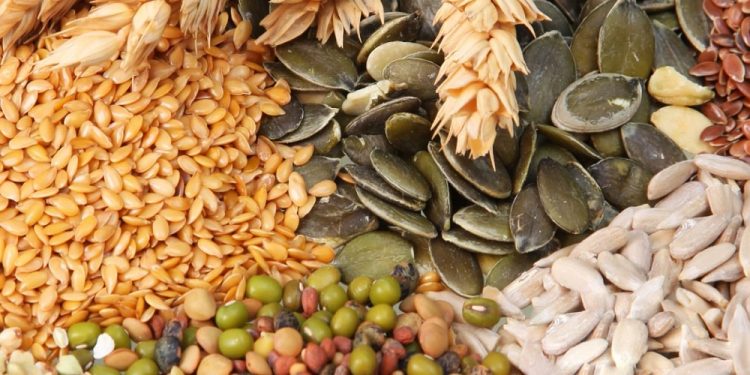
National Seed Swap Day
Observed on the last Saturday in January, National Seed Swap Day is a holiday that encourages gardeners to go out there and get ready for their spring planting. Everyone who has ever had the experience of tending a garden knows how exciting it can be to grow something that you’ve never grown before, so everyone should go out and swap some seeds with fellow gardeners on this day.
The History of National Seed Swap Day
Even though farmers and gardeners have been swapping seeds with one another for hundreds, if not thousands, of years, the first official seed swap happened in 2006. On January 26, 2006, to be exact. This is when the first Washington Gardener Magazine Seed Exchange was held in Washington, D.C. That event was extremely successful, and soon after, other cities started holding their own events. This led to National Seed Swap Day being held on the last Saturday in cities all around the world.
Some Seed Facts Everyone Should Know
Now that we’ve covered the purpose of National Seed Swap Day, let’s take a few moments and talk about seeds. There are some basic facts that we feel everyone should know about seeds, so we decided to list them here. Hopefully, the following bullet points will be as interesting as they are informative.
- All seeds have an outer seed coat and an embryo. Most of them also contain endosperm.
- Many seeds can stay dormant for years before they need to be germinated.
- Seeds have to travel away from the parent plant to avoid the new plant from competing with the parent plant.
- Some seeds travel by having the wind blow them away from the plant. Other seeds are carried away from the plant in fruits taken by animals.
- Coconut palms drop their seeds (coconuts) in nearby water so they can float away.
- Coconuts are waterproof and float quite well.
- Seeds are an important food source for humans and other animals.
- Seeds are also important for making spices, jewelry, fabric dyes, and even oils.
Observing National Seed Swap Day
National Seed Swap Day can be celebrated by attending one of the many seed swapping events held all over the country. Or, if you don’t want to go through the trouble of attending one of these events, you can always exchange seeds with friends or attend an event that’s local. And if you want to start your own seed sharing event, you can always use the hashtag #NationalSeedSwapDay to spread the word about it online.








